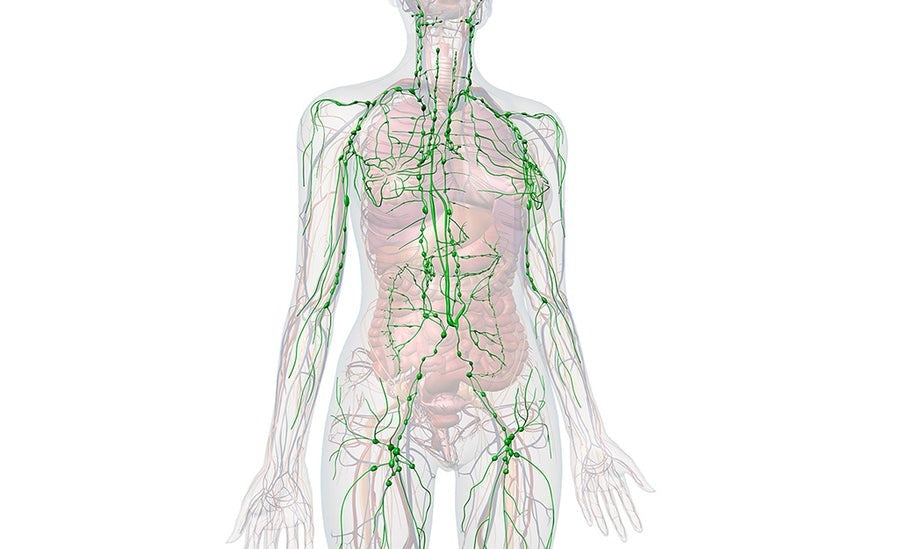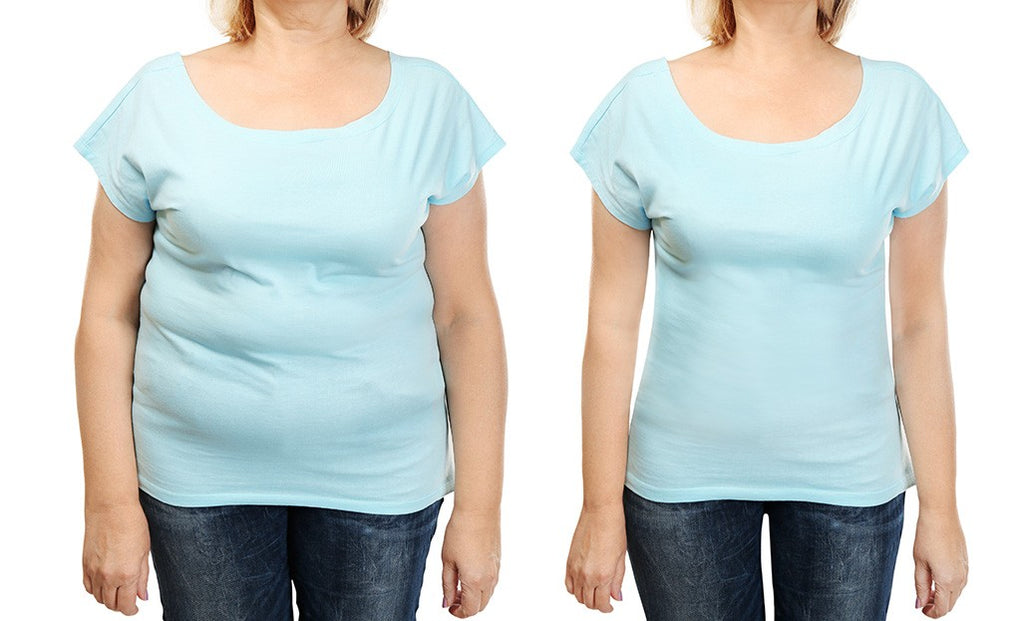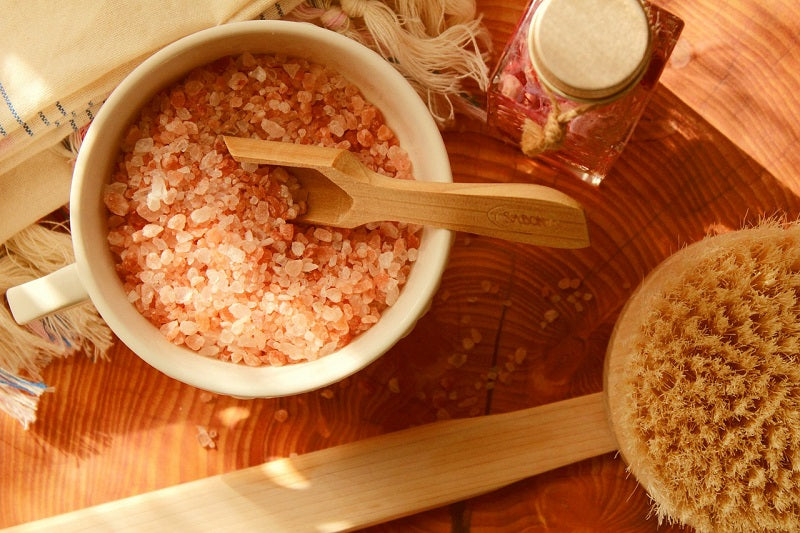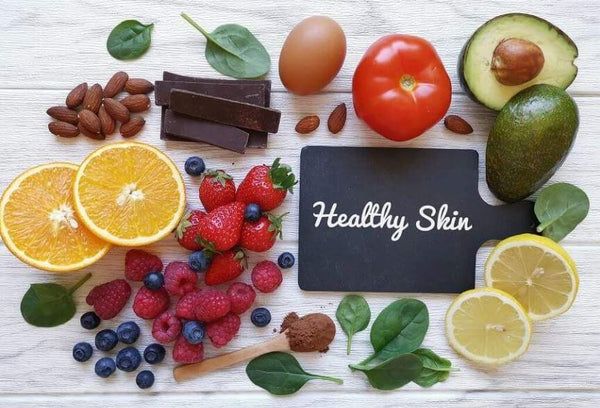Turmeric for Skin Health
Turmeric (Curcuma longa) is by far one of the best herbs for skin health. Often referred to as ‘The Golden Spice of Life’, this spicy little root has been used throughout centuries for treating various ailments and improving overall vitality. Turmeric contains curcumin, a polyphenol your skin absolutely LOVES, which explains why the herb is also known as the ‘wonder drug of life’.
Curcumin has powerful anti-inflammatory, anti-carcinogenic, anti-neoplastic (anti-tumour), anti-diabetic, anti-microbial, neuroprotective and anti-inflammatory properties and honestly, the list keeps on growing with new research. Studies have now determined that turmeric is an ideal herb to nourish and support dermatological skin conditions and reduce premature aging.
The integumentary system (skin system) is the largest organ in the human body and is our physical first line of defence against the external world. It’s closely intertwined with our immune system so when our immunity is unregulated or imbalanced, chronic skin conditions manifest. This can lead to poor quality of life, decreased self-confidence, mental health disorders and significantly deter individuals from social events. The effect inflamed skin can have on one’s mental and physical health is also not to be undermined.
Conditions turmeric can support
Below is a list of skin issues that can benefit from turmeric supplementation:
- Acne
- Rosacea
- Alopecia
- Atopic dermatitis
- Facial photoaging / premature aging
- Oral lichen planus (Mouth mucous membrane inflammation)
- Pruritus (itchy skin)
- Psoriasis
- Radiodermatitis
- Vitiligo
Not only is turmeric an exceptional natural intervention with very minimal side effects; it’s also renowned for supporting digestive, joint, tissue, cardiovascular, metabolic, and mental health. If you have any inflammation, think turmeric. Better yet, think turmeric and black pepper (piper longum) as this synergistic combination enhances turmeric bioavailability and thus, it’s therapeutic activity.
We are going to get a little technical, but you'll see just how powerful this herb is when you understand it’s biological influences.

Turmeric for inflamed skin
Inflamed skin must have an abundance of anti-inflammatory active compounds to calm it down. Inflammation occurs when there are high levels of pro-inflammatory mediators, abnormal DNA/RNA replications and dysregulated signaling. Turmeric helps to rebalance many of these inflammatory pathways by inhibiting the growth of abnormal cells and helping to clean up any damaged cells or waste. Curcumin is a compound dedicated to scavenging pro-inflammatory free-radicals, which pretty much cause damage wherever they go – sneaky radicals!
Turmeric has also been shown to significantly reduce inflammatory markers such as C-Reactive Protein (CRP), substance P (associated with pain and itchy skin), but wait… there’s even more! This little gem has been shown to considerably improve antioxidant status in our bodies – including antioxidant enzyme superoxide dismutase and glutathione peroxidase – both of which are crucial to a well-functioning liver and body.
Turmeric for skin tissue integrity
To have optimal skin health, our skin tissues should have neutralized inflammation, healthy cell growth or turn-over, and signaling. Turmeric targets skin cells (keratinocytes) to suppress inflammation and reduce the breakdown of the dermal extracellular matrix. By reducing scavenging inflammatory compounds, your skin has a much higher chance of keeping collagen scaffolding strong and healthy. Turmeric can improve collagen production and formation and also accelerate wound healing. Skin membranes are made from fats and turmeric enhances fat absorption and also responds directly to skin barrier stressors.

Turmeric for digestive health
Skin requires healthy blood, metabolism, digestion, and immunity, all of which are nourished through various turmeric interventions. Often, the first naturopathic evaluation of skin imbalances is through digestive investigations. Research has now undeniably linked gut-health and skin-health, terming the relationship as the ‘gut-skin axis’.
Skin inflammation can occur from dysbiotic (imbalanced gastrointestinal bacteria) conditions which can lead to gas, bloating, food intolerances, IBS, immune dysregulation and chronic skin conditions. Turmeric’s antibacterial properties can improve wound healing, intestinal lining integrity and help to balance bacterial ratios for optimal digestion.
If you’re currently suffering from IBS, H.Pylori, peptic ulcers, Crohn’s disease, ulcerative colitis or digestive inflammation, turmeric may well be an ideal intervention for you.
Turmeric for liver health
Liver health must be protected for detoxification, nutrient conversions, healthy blood, bile and digestive enzyme production, all of which are essential for optimal skin health. Turmeric has hepato-protective qualities which enhance antioxidant enzyme activity. These antioxidant enzymes include glutathione reductase, glutathione S-transferase (GST) and succinate dehydrogenase. Curcumin can also enhance self-making (endogenous) antioxidants such as ascorbic acid and detoxification genes. Skin relies on healthy liver detoxification and functionality, which is yet another reason why we love turmeric!
Antidepressant activity
Mental health conditions have been associated with increased inflammation, cortisol levels, and dysregulation of the hypothalamic-pituitary-adrenal (HPA) axis. In rat model studies, curcumin has shown to reduce pro-inflammatory mediators within the medulla oblongata of the brain.
The medulla oblongata is a key nervous system regulator controlling respiration, heart-rate and communication with the higher parts of the brain. Turmeric has been shown to balance cortisol, improve serotonin signaling and enhance monoamine oxidase activity (the same enzyme that antidepressants influence). There’s another axis you may have heard of, termed the ‘gut-brain’ axis. Emotional health can significantly impact our body’s overall health, vitality and skin integrity.
Final thoughts
As you can see, turmeric has a profound influence on systemic health and skin integrity through a multitude of factors. This is great because we know that skin health has many underlying considerations that require a multifaceted approach. If you’re someone wanting to improve skin texture and quality, combat redness and inflammation, promote wound-healing and prevent premature aging, adding turmeric into your daily regime may be of great benefit.
Interactions and contraindications of turmeric
Not everyone can take turmeric though. Check with your doctor or health practitioner before taking turmeric supplements if:
- You are on anticoagulant or antiplatelet medications (aspirin, warfarin, dipyridamole, ticlopidine, etc.)
- You are on anti-hypertensive medications
- You have allergies to the ginger family
- You are pregnant
- You have a scheduled surgery (Turmeric should be stopped two weeks before any surgical procedure.)
Alternatively, you may consult with any of our HHY naturopaths at support@happyhealthyyou.com to check for any medical interactions with turmeric.
REFERENCES
Bowe W, Patel NB, Logan AC (2014). Acne vulgaris, probiotics and the gut-brain-skin axis: from anecdote to translational medicine. Beneficial Microbes. Jun 1;5(2):185-99.
https://doi.org/10.3920/BM2012.0060
Sharifi-Rad et al. (2020). Turmeric and It's Major Compound Curcumin on Health: Bioactive Effects and Safety Profiles for Food, Pharmaceutical, Biotechnological and Medicinal Applications. Frontiers in Pharmacology. 11: 01021.
https://dx.doi.org/10.3389%2Ffphar.2020.01021
Kocaadam B & Şanlier N. (2015). Curcumin, an active component of turmeric (Curcuma longa), and its effects on health. Critical Reviews in Food Science and Nutrition. Sep 2;57(13):2889-2895.
https://doi.org/10.1080/10408398.2015.1077195
Labban L. (2014). Medicinal and pharmacological properties of Turmeric (Curcuma longa): A review. International Journal of Pharma and Bio Sciences. 5(1):17-23
https://www.academia.edu/10986107/Medicinal_and_pharmacological_properties_of_Turmeric_Curcuma_longa_A_review
Mata et al. (2020). Benefits of turmeric supplementation for skin health in chronic diseases: a systematic review. Critical Reviews in Food Science and Nutrition. Jul 27;1-15.
https://doi.org/10.1080/10408398.2020.1798353
O’Neill CA, Monteleone G, McLaughlin JT, Paus R. (2016). The gut-skin axis in health and disease: A paradigm with therapeutic implications. BioEssays. Nov;38(11):1167-1176.
https://doi.org/10.1002/bies.201600008
Salem I, Ramser A, Isham N, Ghannoum MA. (2018). The Gut Microbiome as a Major Regulator of the Gut-Skin Axis. Frontiers in Microbiology. 9: 1459.
https://doi.org/10.3389/fmicb.2018.01459
Szántó et al. (2019). Targeting the gut‐skin axis – probiotics as new tools for skin disorder management? Experimental Dermatology. Nov;28(11):1210-1218.
https://doi.org/10.1111/exd.14016
Thangapazham RL, Sharad S, Maheshwari RK. (2013). Skin regenerative potentials of curcumin. BioFactors. Jan-Feb;39(1):141-9.
https://doi.org/10.1002/biof.1078
Vaughn AR, Branum A, Sivamani RK. (2016). Effects of Turmeric (Curcuma longa) on Skin Health: A Systematic Review of the Clinical Evidence. Phytotherapy Research. Aug;30(8):1243-64.
https://doi.org/10.1002/ptr.5640
Yadav RP, Tarun G. (2017). Versatility of turmeric: A review the golden spice of life. Journal of Pharmacognosy and Phytochemistry. 6(1):41-46.
https://www.phytojournal.com/archives/?year=2017&vol=6&issue=1&ArticleId=1060






















